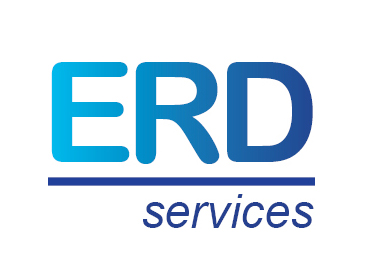Why onshore ER&D service vendors must pro-actively become India-centric
It is striking to see how few onshore ER&D service vendors have built a significant Indian or nearshore presence. Onshore vendors do acknowledge that the Indian ER&D service vendors grow faster than they do but argue that most of the Indian vendors service U.S. clients or industries (mostly, ISVs, technology vendors and telecom equipment manufacturers) they do not quite address.
This is true, currently. But this does not mean that onshore vendors should not pro-actively build their presence in India.
1. Most products have become software-centric, or embedded systems-centric. And software, including embedded software, can be completed by India. The semiconductor industry is a good example of work shifting to India
2. Clients are progressing on their way towards work package-based pricing where delivery tends to be offsite. Alten, currently the world’s second largest ER&D service vendor, suggested in a recent call that work packages represented up to 60% of its revenues. With work packages, clients are moving towards expressing formalized requirements, with the vendor owning responsibility for the project. We think work packages are a step towards nearshore and offshore
3. Disruption will drive offshoring adoption. In IT services, the disruption came from the 1999 bug, the 2001 burst of the high-tech bubble and then the 2008 recession. In the next disruption, in the form of an economic recession, we are guessing clients will cut spending and then consider their offshoring options? The Germany automotive industry, plagued by Dieselgate and flat to declining markets, has started to offshore
4. Indian offshoring is much more than delivery relocation only. Looking at the Indian vendors in the IT services industry, it is striking to see that Indian vendors are cash-rich organizations that have the budget
1. To fund their commercial presence, notably with the two-in-a-box concept
2. To invest in their service portfolio, structuring offerings and developing accelerators and IP.
The Indian ER&D services industry is following this model too, with examples including LTTS and Cyient
5. There is one thing that the Indian industry does not have that much, and that’s the consulting capabilities. Onshore vendors do have this consulting capability but rely on the expertise of their consultants and have not structured it. We think now is a good opportunity to expand this consulting capability based on the brightness of people into something tangible: best practices, methodologies, and software tools
The story of the IT services’ adoption of Indian sourcing shows the transformation on an onshore vendor into a hybrid one is not a smooth ride. Capgemini needed two India-centric acquisitions (Kanbay and iGATE), a continued focus on portfolio management, and about ten years to reach Indian growth standards. To do so, Capgemini created one Indian-centric organization focused on financial services clients and had its Indian headcount reached half of its global headcount.
To some degree, Altran is following the Capgemini strategy and has gained one India-centric organization, telecom, and has a third of its headcount in its global delivery network. This suggests that despite the Aricent acquisition, Altran still has space left before achieving the sale performance of Indian vendors.
